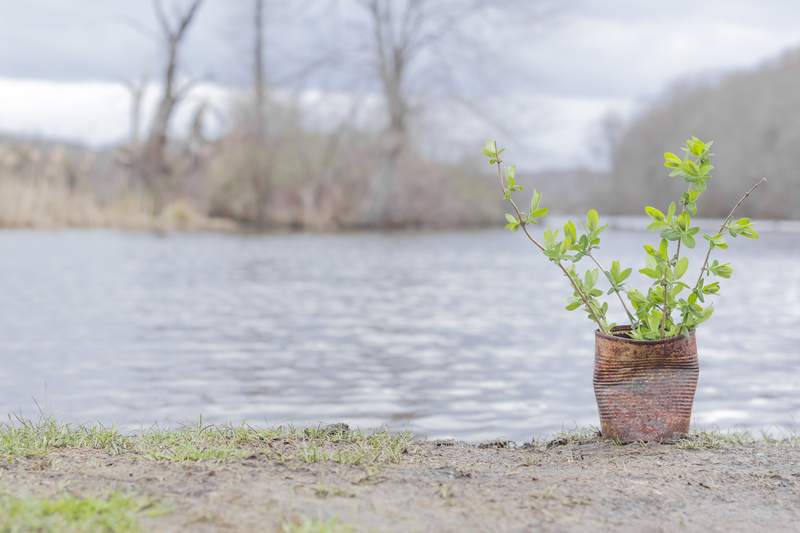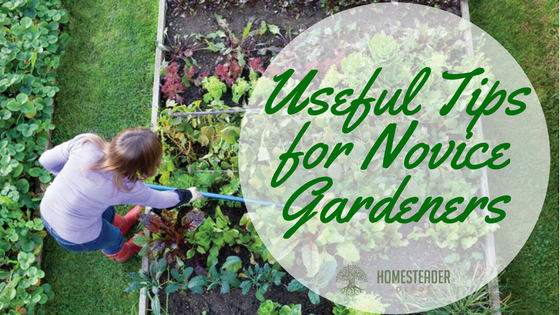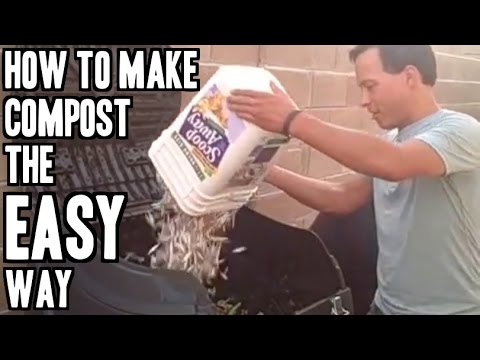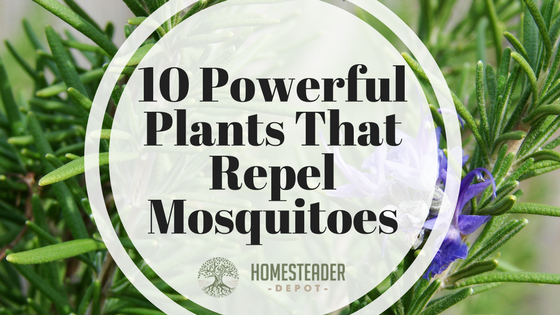5 Creative Ways to Reuse Old Cans
When faced with a number of empty cans in the kitchen, most of us choose to toss them into the recycling bin and call it a day. Instead, why not turn this common resource into some interesting, fun and creative ways to organize and decorate your home and garden? Whether you use some leftover paint, … Read more








